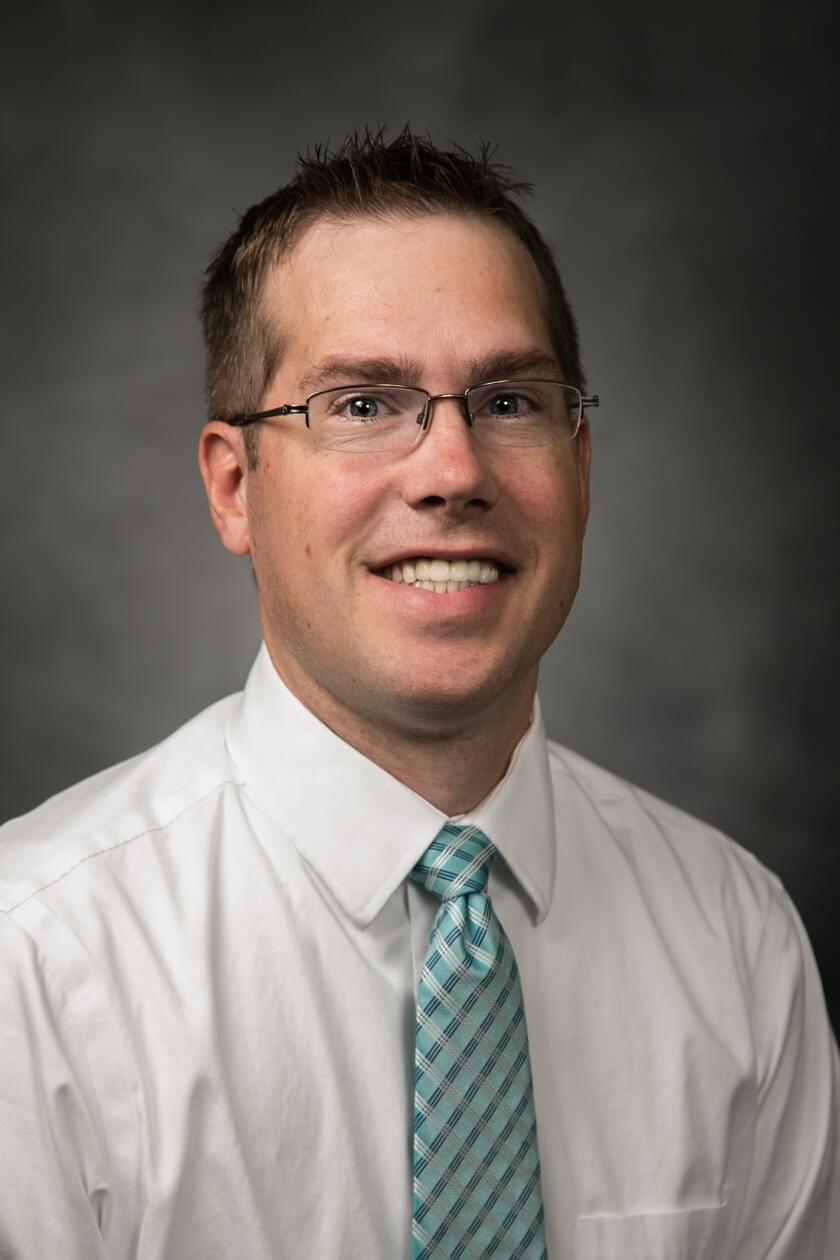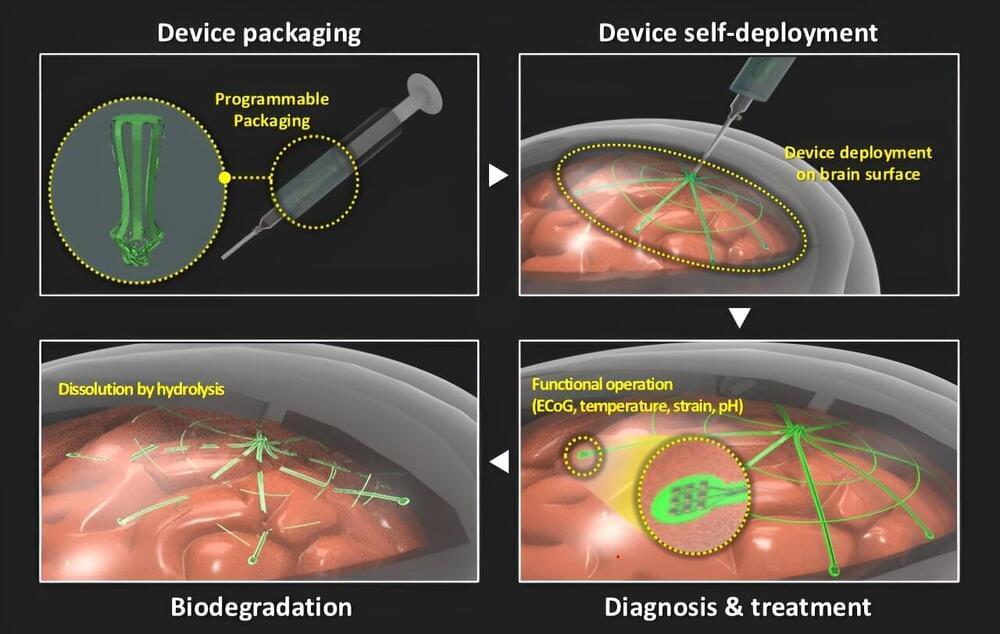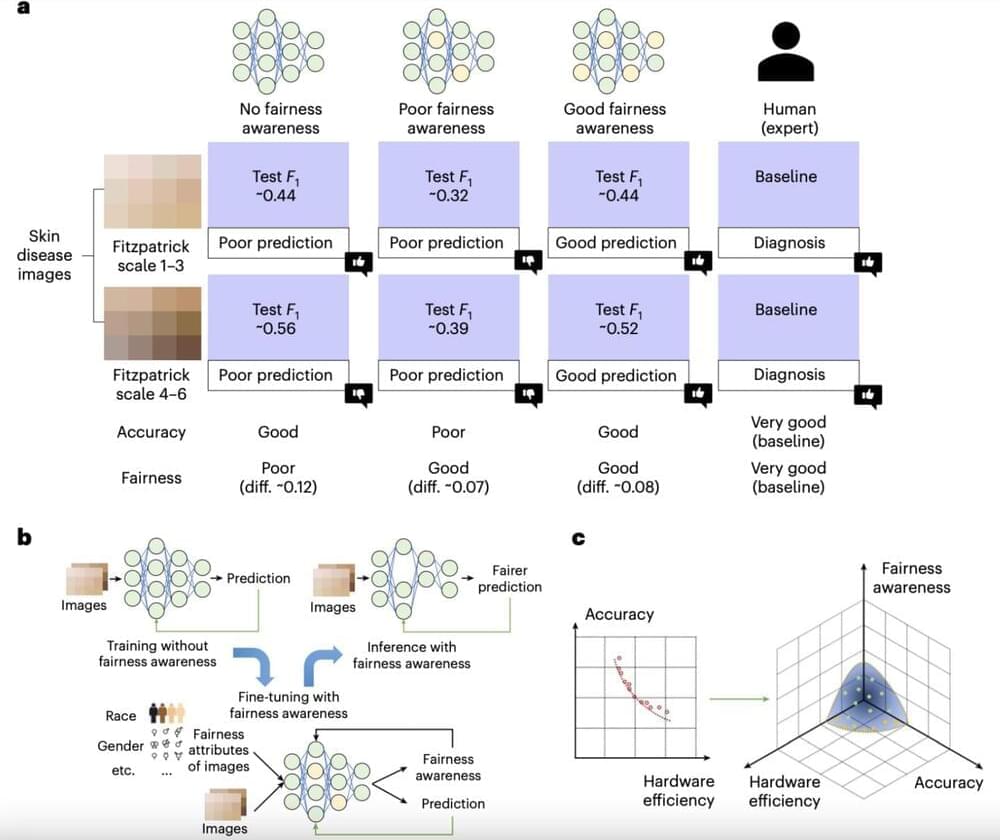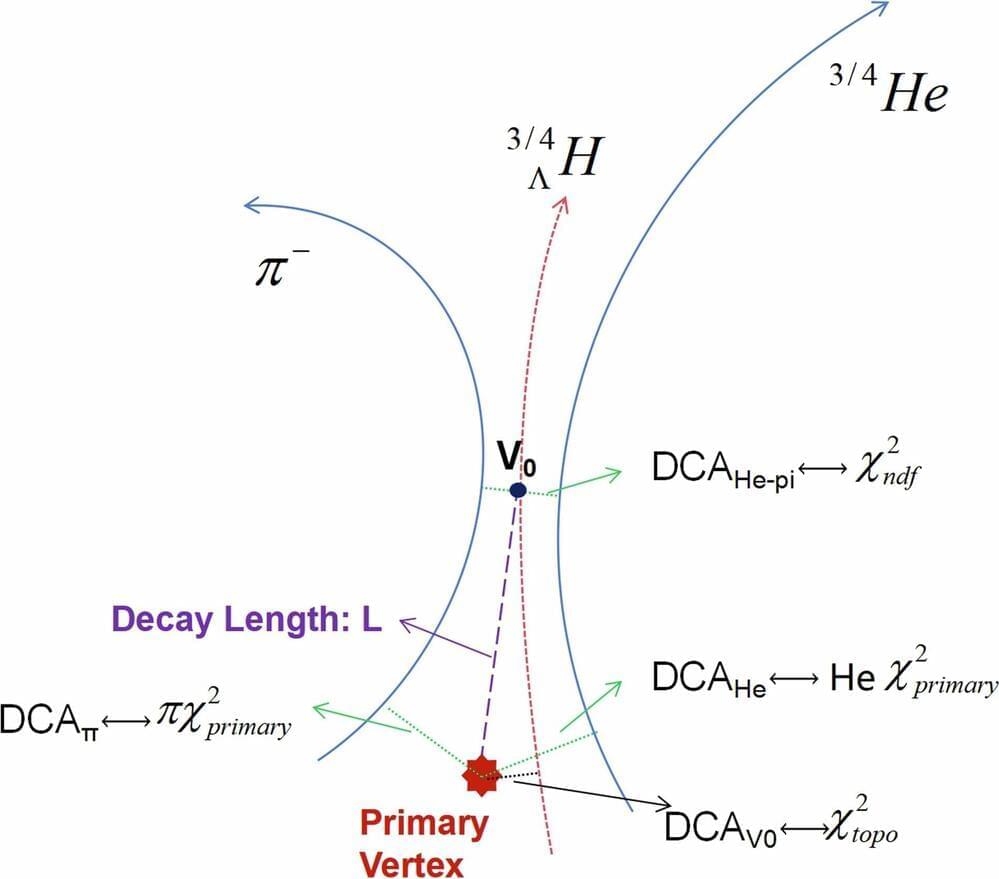First patient in UK gets dose of jab designed to kill most common form of lung cancer – and stop it coming back.


Brain-machine interfaces (BMIs) have emerged as a promising solution for restoring communication and control to individuals with severe motor impairments. Traditionally, these systems have been bulky, power-intensive, and limited in their practical applications. Researchers at EPFL have developed the first high-performance, Miniaturized Brain-Machine Interface (MiBMI), offering an extremely small, low-power, highly accurate, and versatile solution.
Published in the latest issue of the IEEE Journal of Solid-State Circuits (“MiBMI: A 192/512-Channel 2.46mm 2 Miniaturized Brain-Machine Interface Chipset Enabling 31-Class Brain-to-Text Conversion Through Distinctive Neural Codes”) and presented at the International Solid-State Circuits Conference, the MiBMI not only enhances the efficiency and scalability of brain-machine interfaces but also paves the way for practical, fully implantable devices. This technology holds the potential to significantly improve the quality of life for patients with conditions such as amyotrophic lateral sclerosis (ALS) and spinal cord injuries.
An image of the chip. (Image: EPFL)

When Sam Payne reviewed a paper in March for Elsevier’s BioSystems, he didn’t expect to come across a figure he had created in his research. He quickly scrolled through the rest of the paper to find more figures, all copied from his work.
“It’s so blatant,” Payne, an associate professor of biology at Brigham Young University in Provo, Utah, posted on X.
Although the journal rejected the paper at Payne’s recommendation, he worried the authors would try to publish elsewhere.

Sensors that can be easily and safely introduced in the brain could have important medical applications and could also contribute to the development of brain-interfacing devices. While significant progress has been made toward the development of these sensors, most existing devices can only be deployed via invasive surgical procedures that can have numerous complications.
Researchers at Seoul National University and other institutes in South Korea recently created a new biodegradable and self-deployable tent electrode that could be far easier to insert onto the surface of the human brain. Their proposed electrode design, outlined in Nature Electronics, could naturally degrade inside the human body without leaving any residues, which means that once it is inserted in the body it does not need to be surgically removed.
“Our recent paper was born out of a growing awareness of the clinical challenges linked to the implantation of electrodes via invasive brain surgery,” Seung-Kyun Kang, corresponding author of the paper, told Medical Xpress.

Over the past couple of decades, computer scientists have developed a wide range of deep neural networks (DNNs) designed to tackle various real-world tasks. While some of these models have proved to be highly effective, some studies found that they can be unfair, meaning that their performance may vary based on the data they were trained on and even the hardware platforms they were deployed on.
For instance, some studies showed that commercially available deep learning–based tools for facial recognition were significantly better at recognizing the features of fair-skinned individuals compared to dark-skinned individuals. These observed variations in the performance of AI, in great part due to disparities in the training data available, have inspired efforts aimed at improving the fairness of existing models.
Researchers at University of Notre Dame recently set out to investigate how hardware systems can contribute to the fairness of AI. Their paper, published in Nature Electronics, identifies ways in which emerging hardware designs, such as computing-in-memory (CiM) devices, can affect the fairness of DNNs.


Kagome metals exhibit superconductivity through a unique wave-like distribution of electron pairs, a discovery that overturns previous assumptions and may lead to the development of novel superconducting components.
This groundbreaking research, driven by theoretical insights and enhanced by cutting-edge experimental techniques, marks a significant step towards realizing efficient quantum devices.
For about fifteen years, Kagome materials with their star-shaped structure reminiscent of a Japanese basketry pattern have captivated global research. Only staring from 2018 scientists have been able to synthesize metallic compounds featuring this structure in the lab. Thanks to their unique crystal geometry, Kagome metals combine distinctive electronic, magnetic, and superconducting properties, making them promising for future quantum technologies.

A team of scientists led by the U.S. Department of Energy’s (DOE) Oak Ridge National Laboratory (ORNL) recently made an unprecedented observation of how promethium, a rare element, forms chemical bonds in aqueous solutions.
This groundbreaking discovery was made using the Beamline for Materials Measurement (BMM), a beamline funded and operated by the National Institute of Standards and Technology, at the National Synchrotron Light Source II, a DOE Office of Science user facility at DOE’s Brookhaven National Laboratory.

Carl Kocher demystifies quantum entanglement through experimental evidence, challenging classical physics and enriching our understanding of quantum paradoxes.
Quantum entanglement may be hard to get your head around, but it’s believed to be the key to future technological applications in quantum information. In this guest editorial, inspired by his new article in Frontiers in Quantum Science and Technology, Prof Carl Kocher explains his groundbreaking 1964–67 experiments in quantum entanglement and helps us stretch our minds to understand this apparently paradoxical phenomenon.
My new article, ‘Quantum Entanglement of Optical Photons: The First Experiment, 1964−67’, is intended to convey the spirit of a small research project that reaches into uncharted territory. The article breaks with tradition, as it offers a first-person account of the strategy and challenges for the experiment, as well as an interpretation of the final result and its significance. In this guest editorial, I will introduce the subject and also attempt to illuminate the question ‘What is a paradox?’
